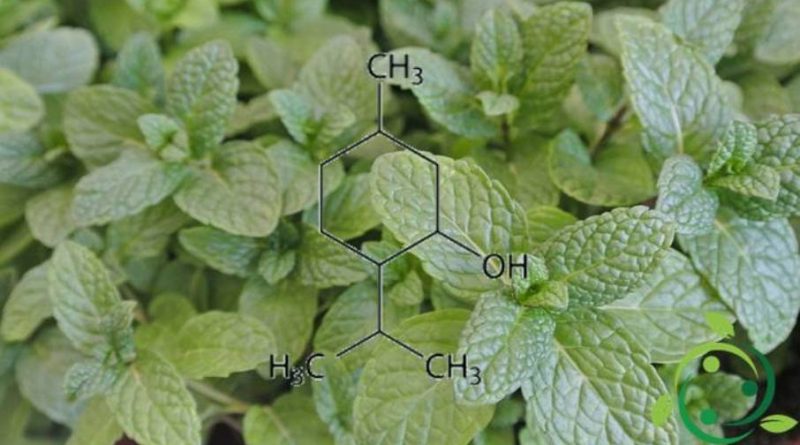Menthol
Menthol
Menthol whose term in the official IUPAC nomenclature is: (1R-2S-5R) -2-isopropyl-5-methylcyclohexanol and whose brute or molecular formula is: C10H20O is a chiral alcohol.
Menthol at room temperature appears as a white solid with a characteristic odor and is an irritating compound.
At room temperature the menthol is found in the form of small, prismatic, hexagonal crystals, and is strongly aromatic and bitter in taste. It is a substance with an intense refreshing property. This ability to chemically activate the sensitization to the cold is well known, yet menthol does not cause an effective lowering of the temperature, in this sense it is similar to capsaicin, ie the substance present in hot peppers. It can also be produced by chemical synthesis, ie artificially.
By synthetic means menthol is produced starting from the citronellal aldehyde, thanks to an internal cyclization reaction.
In nature, menthol is extracted from the essential oil of peppermint and is used to package perfumes, drugs and other preparations. Menthol also has a refreshing power.
Historically, menthol was discovered more than two thousand years ago in Japan, despite the fact that peppermint, from which it is made, was already used in antiquity as a medicinal herb by the Egyptians, Greeks and Romans. The determination as a molecule was made in 1771, by Hieronymus David Gaubius.
Menthol is a substance however present in the leaves of different species of the genus Mentha (35-55%).
Menthol is present in the essential oil of the Mentha genus and since each species has many varieties or strains that therefore provide essential oils that are widely distinguished in the chemical composition. On the market, mint essential oils can be identified due to the relevant content of menthol and carvone.
Menthol is a very important component and rich in beneficial properties that is used for multiple uses: from the production of cosmetics and perfumes to that of drugs.
It is widely used for the production of creams, perfumes, oils, gels, ointments, lotions, ointments, alcoholic solutions and other products such as medicines. There are various properties that are attributed to this substance and for which it is used as an ingredient in food supplements.
Furthermore, menthol is known for its local antiseptic, spasmolytic and anesthetic properties. It has a high amount of vitamin E with an antioxidant action. It is an alcohol that is responsible for most of the pharmacological and therapeutic properties of mint. Menthol is characterized by many virtues, in fact it is used for:
– Promote the elimination of intestinal gases and eliminate swelling thanks to its carminative effect;
– Mitigate respiratory tract disorders;
– Refresh the skin;
– Relieve muscle and joint pain;
– Calming tooth pain;
– Stimulate the circulation operating as a vasodilator;
– Promote thermogenesis by facilitating weight loss;
– Help remove bacteria;
– Reduce the feeling of heaviness in the legs;
– Mitigate headaches.
As for other products, even if of natural origin, it is always necessary to know the possible contraindications.
The products based on Menthol sometimes have contraindications and side effects, in fact: they include risks of allergic sensitization and contact dermatitis; if ingested in high doses they can lead to the appearance of gastric and perineal burns, as well as vomiting and nausea, as well as bile obstructions and problems with the digestive system; it is necessary to avoid taking them in cases of liver damage; in fact irritating for the eyes, the respiratory tract and the lungs.
Other contraindicates occur in cases of biliary obstruction, inflammation of the gallbladder, gastric and duodenal ulcers, hiatal hernia, gastroesophageal reflux and in circumstances of liver damage.
Menthol, in beekeeping has proved effective in combating Varroa destructor.
It is used as an additive in cigarettes, to reduce throat irritation caused by smoking, in products for oral hygiene, such as toothpastes and mouthwashes, and as a food additive (chewing gum and candy).
According to a study, still in progress, conducted by researchers from the Department of Medicine of the University of Padua, it stimulates the cells of white adipose tissue causing them to consume fats producing heat. It is thought that the adipose tissue is equipped with temperature receptors independent of the nervous system and therefore an increase in temperature is induced with a consequent acceleration of the metabolism that would allow the loss of weight.
Warning: The information given is not medical advice and may not be accurate. The contents are for illustrative purposes only and do not replace medical advice.

